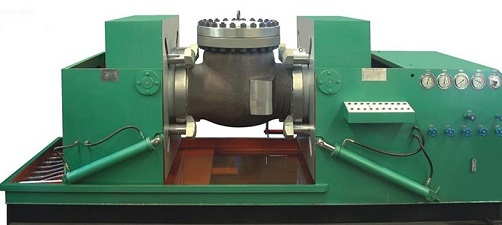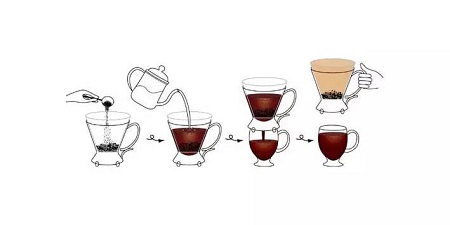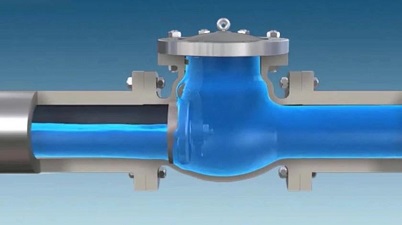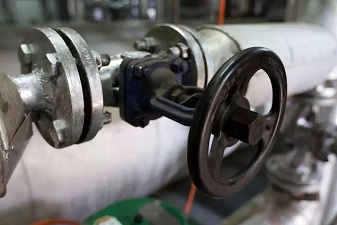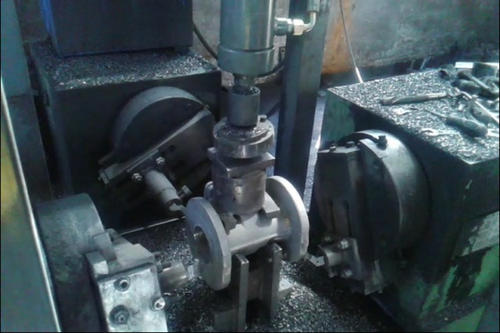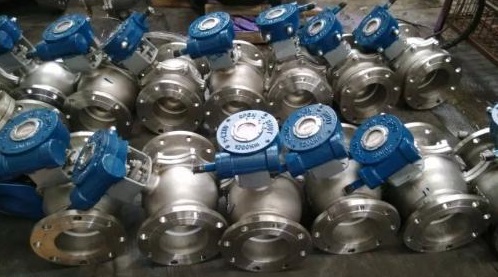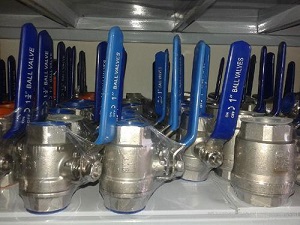Author: root
How Do You Test a Butterfly Valve?
How Does a Butterfly Valve Work? A sanitary butterfly valve is a quarter-turn valve that goes from fully open to fully closed by rotating only 90 degrees. Butterfly valves help you regulate the flow of fluid within large-diameter piping by changing the deflection angle of the butterfly plate. The central disc is held in place […]
Read morePressure Testing Methods for Shutoff Valves
How to pressure test a sanitary shutoff valve? Sanitary shutoff valves play a critical role in almost any fluid, gas, or slurry system. We depend on shutoff valves to provide dependable on and off functionality and specific flow rates in residential, commercial, and institutional applications. While many are utilized routinely, they can also provide safety […]
Read moreThe Pressure Testing Methods for Pressure Relief Valve
Pressure Relief Valve Mechanism: There are many types of sanitary pressure relief valves. Piston type and spring film type are the main two types. Piston type pressure relief valve is a type of valve that uses a piston for pressure relief. Spring film-type pressure relief valve relies on spring and film for pressure balance. The […]
Read moreThe Pressure Testing Methods for Check Valves
How do check valves work? Sanitary check valves are a kind of valve that relies on the flow of the medium to automatically open and close the valve flap to prevent the backflow of the medium. It is also known as a single direction valve, counterflow valve, and back pressure valve. This type of check […]
Read morePressure Testing Methods for Ball Valves
How do ball valves work? Ball valves work by using an internal rotating ball as the opening and closing flow control mechanism in various pipeline systems. The ball is bored through the center to create a hollow channel or port, which allows the medium to flow through it when in the open position. It rotates […]
Read moreThe Design Features of Electric Gate Valve
The design features of electric gate valve: 1. The valve uses pressure self-tightening sealing or gasket sealing structure for the valve body and valve cover. It is trustworthy and is safe and reliable when in use. 2. Sanitary valve flap uses a double gate plate with a universal roof structure in the middle, which can automatically […]
Read moreThe Performance of Hydraulic Solenoid Valve
A hydraulic solenoid valve is a kind of internal actuator used to control the hydraulic flow direction. Pressure, flow, and direction control valve play a vital role in the hydraulic system. The performances of hydraulic solenoid valve are as follows: 1. The overcurrent maximum capacity of solenoid reversing valve The hydrodynamic force of the hydraulic […]
Read moreThe Structural Features of Wafer Butterfly Valve
In terms of structure, the wafer butterfly valve is slightly different from other valves. When there exists a size A on the offset between butterfly plate and sealing surface of valve stem shaft and the size B on the offset of valve body channel shaft is opened, the sealing surface of the butterfly plate will […]
Read moreThe Structural Types of Ball Valve
According to its structural type, the ball valve can be divided into a floating ball valve, fixed ball valve, and elastic ball valve. 1. Floating ball valve The ball of sanitary ball valve is floating. Under medium pressure, the ball can have certain displacement and push tightly against the sealing surface of the outlet, ensuring the […]
Read moreWhat is a Hydraulic Control Valve Mechanism?
What are the functions of the hydraulic control valves? Hydraulic control valves are used to adjust the flow rate of hydraulic fluid in a hydraulic system. These valves have a port that is able to be adjusted so that the flow area may be changed to provide an alteration in the flow rate through the […]
Read more
